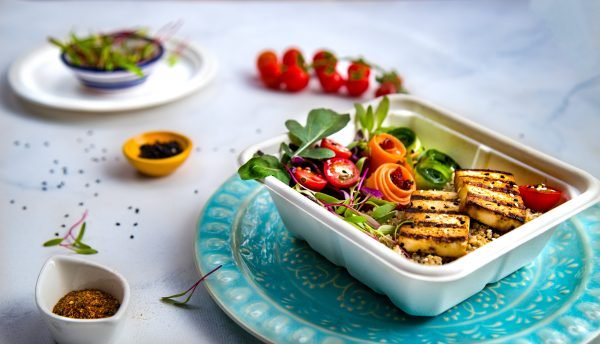[vc_row type=”in_container” full_screen_row_position=”middle” column_margin=”default” column_direction=”default” column_direction_tablet=”default” column_direction_phone=”default” scene_position=”center” text_color=”dark” text_align=”left” row_border_radius=”none” row_border_radius_applies=”bg” overlay_strength=”0.3″ gradient_direction=”left_to_right” shape_divider_position=”bottom” bg_image_animation=”none”][vc_column column_padding=”no-extra-padding” column_padding_tablet=”inherit” column_padding_phone=”inherit” column_padding_position=”all” background_color_opacity=”1″ background_hover_color_opacity=”1″ column_shadow=”none” column_border_radius=”none” column_link_target=”_self” gradient_direction=”left_to_right” overlay_strength=”0.3″ width=”1/1″ tablet_width_inherit=”default” tablet_text_alignment=”default” phone_text_alignment=”default” column_border_width=”none” column_border_style=”solid” bg_image_animation=”none”][vc_column_text]As with most industries, the packaging industry is also seeing transformational change as a result of the COVID-19 pandemic. These disruptions will have both short and long-term ramifications for the global packaging industry, which generates $900 billion a year. Furthermore, these disruptions are caused by fundamental changes in consumer behavior which for the most part, appear to be permanent as a result of COVID.
McKinsey & Company has highlighted five packaging megatrends that are expected to evolve in response to the pandemic.
1. Sustainability
Prior to COVID, sustainability was on top of the agenda of most consumer goods companies. With the onset of the COVID-19 crisis, however, sustainability has taken a back seat to concerns about hygiene and food-safety issues, which have become higher priorities. This has led to a proliferation of single-use plastics, particularly in food packaging. For example, the amount of plastic waste generated in Thailand has surged by 15% with COVID-19, despite the country’s ban on plastic bags that was introduced in January 2020.
The good news is that Sustainability goals have not been abandoned, however, and fast-moving consumer goods (FMCG) companies and retailers are committed to long-term decarbonization. In fact, as the world begins to get back on its feet, consumer good companies have given new mandates to their product design teams to switch to 100% sustainable materials. It is precisely because of threats of COVID like diseases, companies want to offer only natural or healthy options to their customers.
Just last week, global alcohol major, Diageo announced it will create a paper whisky bottle for its Johnny Walker brand. The bottle that will be trialed in spring 2021, will be made entirely from wood pulp and will be fully recyclable. The idea is that customers would be able to drop the bottles straight into the recycling.
Expect the potential impact of sustainability requirements increasing at every step of the value chain to be high.
2. E-commerce
The coronavirus pandemic is spurring drastic changes in consumer habits. During the crisis, consumer spending on groceries—particularly food—has dramatically increased, and shoppers are buying their goods online, fueling a strong acceleration of e-commerce shipments and other home-delivery services. As shops, restaurants and consumer goods stores remain shut, more and more people are shipping online and getting basic household staples delivered to their doorstep.
A natural consequence of all these e-commerce movements is the explosion in packaging for e-commerce. It will many months, if not at least a full year before shoppers regain the confidence to throng malls and shopping centers in city centers. Even then, basic aspects of social distancing will remain in place, which means, fewer shoppers allowed in any store at any given time. All this point towards more e-commerce demand. E-commerce packaging is currently required to be three to four times more robust than traditional on-the-shelf packaging. E-retailers are increasingly using artificial intelligence and automation to fill orders and stock warehouse products. Taking full advantage of these technologies to enhance speed and productivity will require novel approaches to packaging and redesign; for example, primary and secondary packaging are more and more likely to merge.
Recently, Amazon India announced its commitment to eliminate single use plastic from its packaging by introducing ‘paper cushions’, which will replace plastic dunnage like air pillows and bubble wraps across its fulfilment centers in India.
Expect the potential impact of e-commerce demands to be very high.
[/vc_column_text][/vc_column][/vc_row]








